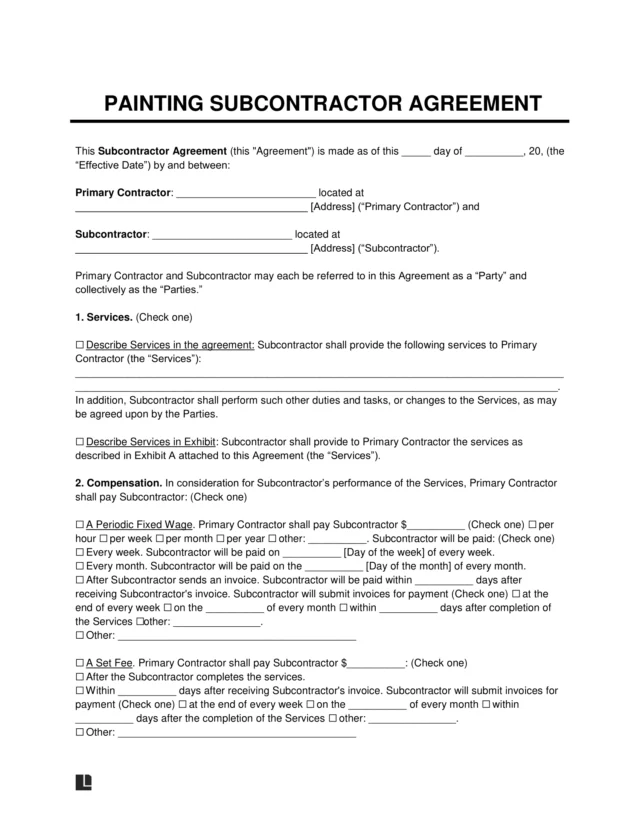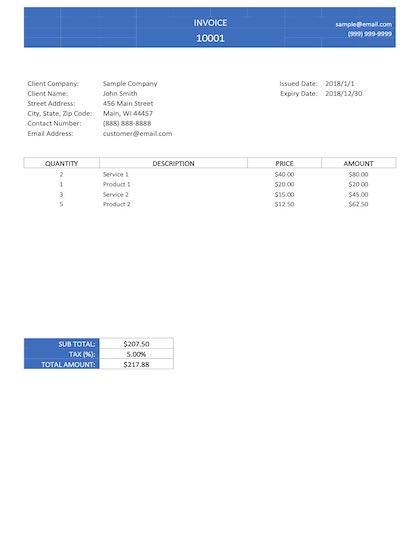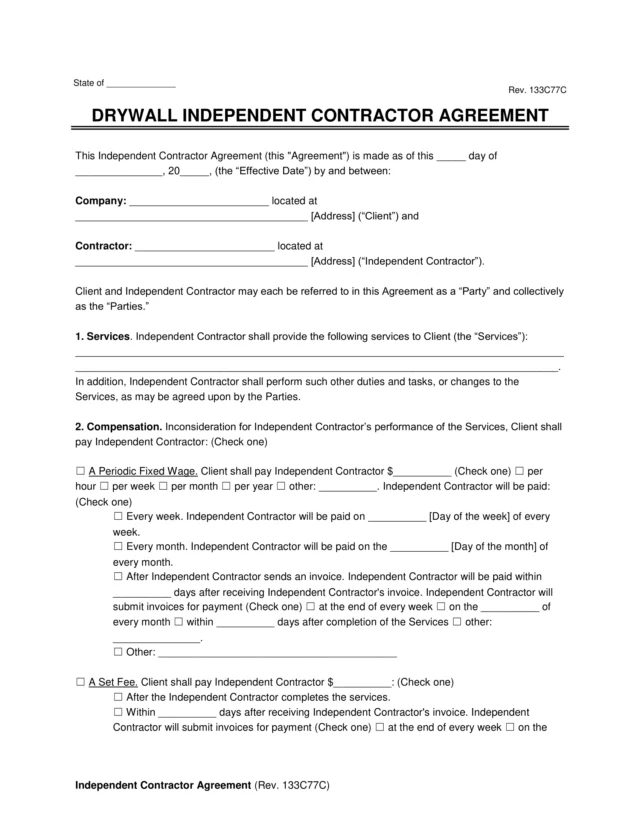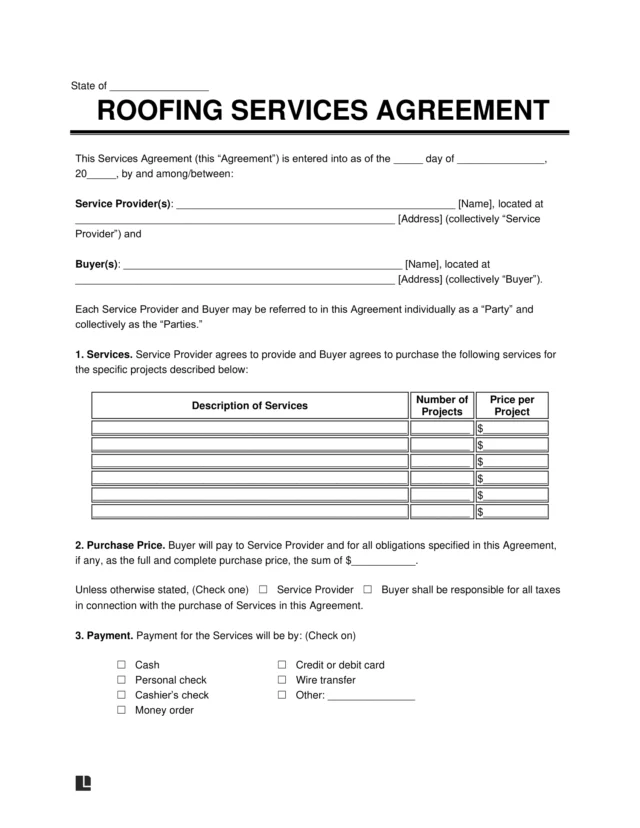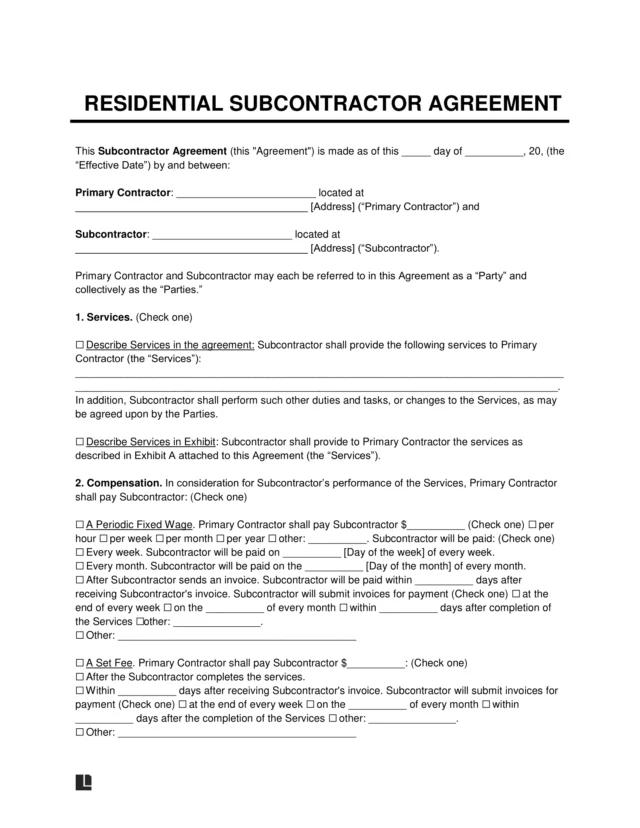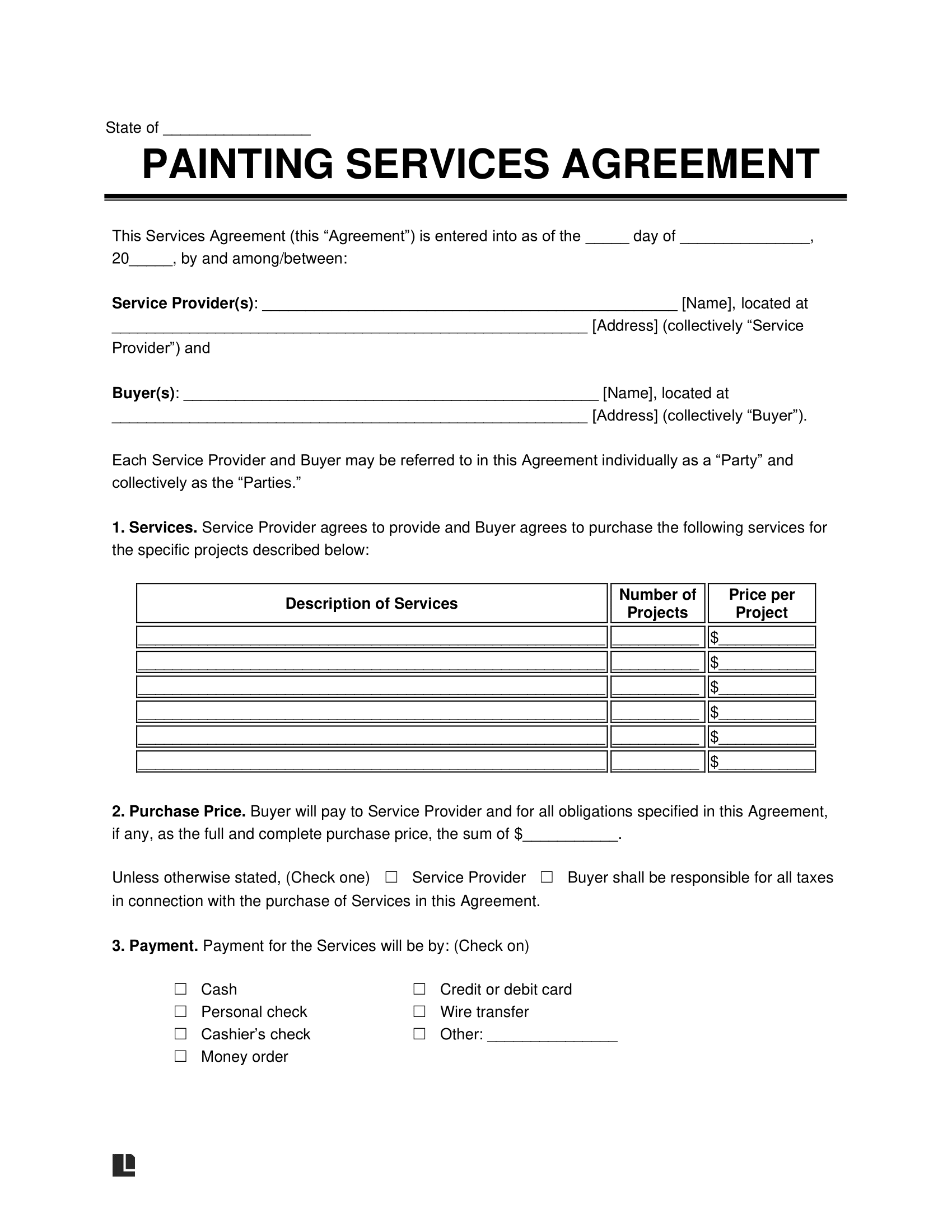What Is a Painting Contract?
A painting contract is a legal agreement between you and your client about a painting job. It explains your painting services, including the materials and expected results. It also covers the payment details, ensuring everyone knows the terms.
Our painting contract template explains details like project length and paint types used. This helps avoid doubts and keep the project on track.
Why Use a Painting Contract
A painting contract is important because it helps avoid confusion about the work you will complete. It also protects you and the customer in case of legal issues. Use it for various projects, including interior and exterior painting, residential and commercial painting, paint removal, or graffiti coverups.
This written contract outlines the specifics of the job and each party’s duties. For example, suppose you agree to paint the exterior of a client’s home between Friday and Sunday. Meanwhile, the homeowner agrees to pay $1,000 on Monday morning. If either of you fails to meet these terms, the affected party can go to court to enforce the entire agreement.
If a dispute arises, such as the homeowner claiming you caused damage or did work beyond the painting agreement, the contract can help clarify the agreed-upon terms.
How to Write a Painting Contract
Writing a painting contract agreement helps make sure everyone has a mutual understanding before work begins. It explains what will be painted, what materials will be used, how much the job will cost, and when it will be done. A clear contract protects you and the client and helps the painting process go smoothly from start to finish. Follow these steps to write your own.
1. Provide Initial Details
Start by writing down the basics. Include the date you and the client agree to the painter contract (the effective date), as well as the dates you plan to start and finish the job. Add your name and contact info, along with your client’s name and details. This helps keep everything clear from the beginning.
2. List the Provision of Services
Explain what painting services you’ll perform. State what surfaces you’ll paint, like the walls, ceilings, or the exterior. Specify what type and color of paint you’ll use, and indicate any prep work you’re including as part of your services. If you’re allowing the client to request changes later, describe how you will field those requests and how far in advance they need to submit written notice.
What Painting Services Should I Offer?
It depends on your skill set and the client’s needs, but you may offer any of the following painting services: cabinet painting, furniture painting, industrial painting, roof painting, siding painting, interior painting, or exterior painting.
3. Detail the Payment Information
Write down the total price for the job and what payment method the client can use, whether via cash, check, or bank transfer. You can also include if payment is due upfront, in installment payments, or after the job is done.
To estimate the cost of a paint job, figure out a labor and materials estimate. Measure the area to be painted, subtract doors and windows, and plan for at least two coats across all surfaces. Add the cost of paint and other materials like tape or drop cloths.
For labor, consider how many painters are needed and how long the job will take. Don’t forget to include extra time for unexpected delays. These are rough estimates, so your contract should allow for changes if needed.
Painting Invoice
Use a painting invoice to request payment from clients.
4. Give Warranty Information
Let your client know if you offer a warranty for your painting work. Include how long the warranty lasts, what it covers, and any conditions the client must meet. For example, you may only cover gradual peeling over a certain number of years, and the client may need to perform proper maintenance for the warranty to remain valid. A clear warranty helps set expectations and builds trust from the start.
5. Explain Your Status
Clarify your role in the painter contract. Most painters work as independent contractors, meaning you’re responsible for your own tools, taxes, and painting schedule. If you plan to hire help, such as another painter or prep crew, note that you’ll be using subcontractors. Explore our painting subcontractor agreement to create your own.
6. Detail Other Terms
Include any important terms that apply to the entire project. For example, specify the client’s right to cancel their legally binding document and any conditions for doing so. Outline the steps for dispute resolution, such as mediation or arbitration, in case issues arise during the painting job. These terms protect both parties and help avoid confusion later.
Painting Contract Sample
View a free sample painting contract template to learn its format. When you’re ready, fill out your own via our document editor.
Frequently Asked Questions
How to get contract painting jobs?
Secure contract painting jobs by building a strong online presence, either by using local SEO or engaging on social media platforms. You can also network with other tradespeople who have clients who need painting services. Still, you can take advantage of word-of-mouth referrals.
Can I change the terms of the painting contract agreement after it’s signed?
Yes, but you need all parties involved to be on the same page. Propose an amendment or create a different contract that reflects the updated terms of the painting project.
Do I need a paint contract for small projects?
Even though you may not need a paint contract for small projects, it’s highly recommended. A painting contract is a legally binding agreement that sets the scope of work and establishes payment terms so there’s no confusion between the involved parties.


